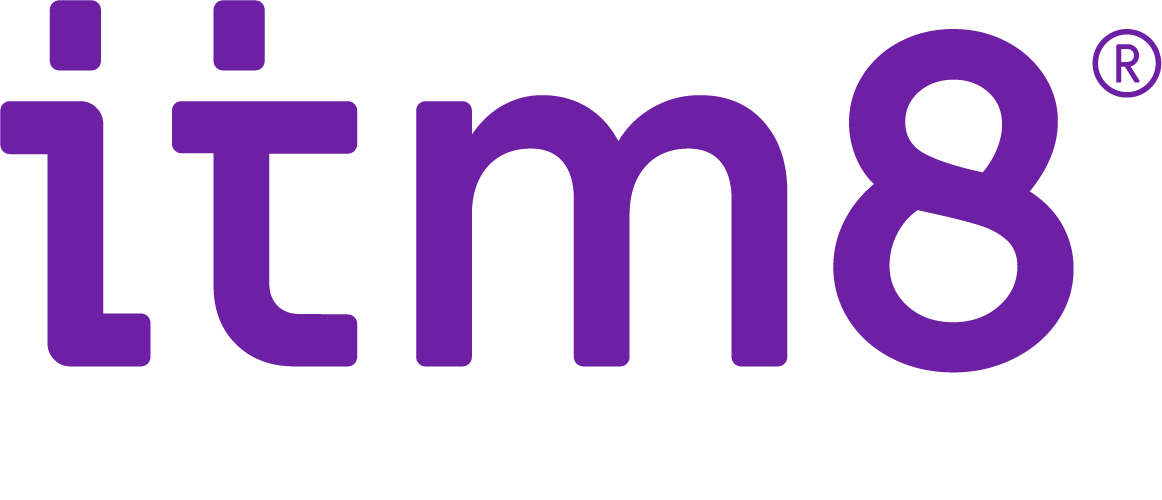Hur hög är säkerheten på ditt företag? De flesta datorer säljs med ett virusprogram och troligen har ni lösenord på kontorets trådlösa nätverk – du vet det som står på whiteboard-tavlan i konferensrummet. Men hur ser det egentligen ut nu när kollegorna är ute i molnet och arbetar? Säkerheten brukar inte hamna i fokus förrän något händer.
”Det händer inte oss”-IT-säkerhet
En vanlig orsak till att många inte arbetar aktivt med säkerhet är föreställningen om att det egna företaget är ointressant. ”Varför skulle någon vilja hacka oss?” är en vanlig inställning. Men ingen försvinner i mängden på nätet. Idag är alla intressanta för hackare, stora som små. Rikard Burman är Microsoft 365 konsult på Itm8 med inriktning på säkerhet och ser hur företag, även efter ett intrång, inte tar tag i säkerheten på ett genomtänkt sätt.
- Allt för många företag som misstänker att de blivit utsatta för ett angrepp byter användarnas lösenord. Oftast gör man inget mer utan hoppas på att det var en engångshändelse, berättar Rikard.
IT-säkerhet i källaren och i molnet
Vilket är säkrast – serverrummet i källaren eller molnet? Det finns en falsk trygghet i tron att servar som IT-avdelningen kan gå ner och klappa på är säkrare än det som ligger i molnet. Samtidigt har många en övertro på säkerheten i molnet, en ”det fixar någon annan”-attityd.
- Det är ganska enkelt. Utan en IT-säkerhetsstrategi är källaren och molnet lika osäkra. Molnleverantörerna garanterar sin tjänst men du som IT-ansvarig måste säkerställa att dina anställda har skyddade inloggnings-ID, säkra enheter och att er data är säker.
De företag som stannar kvar i källaren i rädsla för molnet riskerar att inte bara tappa i flexibilitet, produktivitet och tillgången till nya funktioner. Säkerhetsverktygen i molnet utvecklas allt snabbare och får stöd av resurser som lokalt installerad IT inte ens vågar drömma om.
”Börje, var kommer den här fakturan ifrån?”
Att bli hackad är inte som på film. Dataskärmarna slocknar inte. Det dansar inte konstiga tecken över skärmen och inga röda nedladdningsstaplar fyller IT-avdelningens skärmar (och förresten ser inte IT-avdelningen ut som en korsning av en futuristisk flygledarkontroll och ett 3D-utvecklingslabb). Rikard berättar om hur ett företag upptäckte ett intrång genom att en faktura kom från en säljares mejl till ekonomiavdelningen, inget konstigt i det. Fakturan kom från en känd leverantör men när den skulle betalas stämde inte bankgironumret. Efter kontakt med säljaren så hade inte han skickat något mejl. Helt odramatiskt men väl utstuderat.
Att höja IT-säkerheten med Microsofts verktyg
När det kommer till att höja säkerheten finns det klara fördelar att vara i molnet. Om IT-miljön vilar på fysiska servar kan det krävas en hel del uppgraderingar, kanske nya programvaror och en hel del arbete för att höja säkerhetsnivån. En höjning av IT-säkerheten i molnet är snabbt och enkelt beställd utan att det krävs resurser från lokal IT för implementering. Microsoft har flera verktyg som hjälper företag höja IT-säkerheten. Ett av dem är Secure Score, ett verktyg för att få en fingervisning hur säkerheten ser ut i dagsläget med avseende på Office eller Azure miljön. För mindre företag som inte har en egen IT-säkerhetsansvarig (CSO) har Microsoft lanserat en sajt som heter Your New CSO med tips till dig som vill öka säkerheten på ditt företag.
IT-säkerhetens starkaste verktyg – dina kollegor
Både Microsoft Your New CSO och Rikard poängterar vikten av att utbilda kolleger i att arbeta säkert och att tänka efter före de klickar på en länk eller bilaga. För trots alla avancerade skydd och intelligenta system är oftast den stora risken människors beteende.
- Kontinuerlig utbildning av medarbetarna är avgörande. Hur ser ett phisingmejl ut? Vad ska man vara försiktig med? Och det förändras ständigt. Det dyker hela tiden upp nya typer av intrång och allt mer sofistikerade sätt att komma över användares inloggningsuppgifter, berättar Rikard.
Skaffa dig en säkerhetsstrategi idag!
Det är aldrig för tidigt att ta tag i säkerhetsarbetet. Det kan däremot väldigt snabbt bli för sent. Kommer du igång med säkerhetsarbetet före ett intrång är det både lättare och kostar mindre än att städa upp efter ett. Rikard bjuder på en IT-säkerhets-kick-start så att du kan komma igång idag.
- Kör Microsoft Secure Score för att få ett nu-värde. Med Secure Score kan du få en uppfattning om hur läget är och mäta hur säkerheten förbättras.
- Gör sedan en säkerhetsgenomlysning. En säkerhetsgenomlysning går djupare än Secure Score och tittar på hur inloggningar och data flödar genom hela företaget, hur kollegorna arbetar och på vilka enheter.
- Gå en workshop specifikt inriktad på IT-säkerhet. Genom att lyfta medvetenheten kring digitala hot och titta på säkerhetsverktyg ökar förståelsen kring IT-säkerhet.
- Gör en aktionsplan för att öka IT-säkerheten. Ranka åtgärderna så att du börjar med de som ger störst effekt på säkerheten men med minst påverkan för användarna.
- Implementera säkerhet på en pilotgrupp. Gör inte allt med alla på en gång. Sätt samman en grupp med representanter från alla avdelningar.
- Rulla ut säkerhetsfunktionerna i etapper som passar ditt företags storlek och verksamhet. Avdelning för avdelning eller kontor för kontor.
- Sätt upp rutiner för det löpande arbetet. IT-säkerhet är inte en quickfix, det är ett ständigt pågående arbete. Mät ditt Secure Score, utbilda personalen och håll ett öga på vad som händer genom att läsa bloggar.
- Och glöm inte att 99,99% av alla hot stoppas av Multi Faktor Autentisering.


